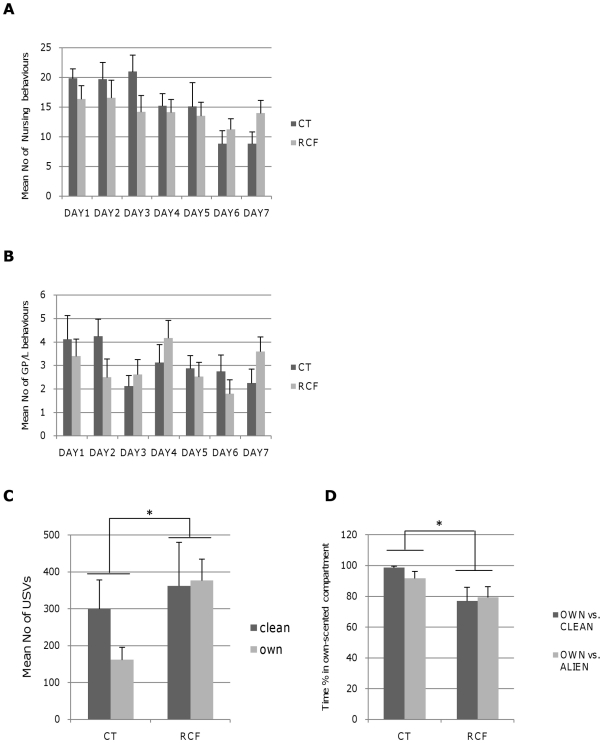Figure 2. Maternal care and offspring behavioural indices in standard rearing (CT) vs. repeated cross-fostering (RCF) conditions.
Sum of 2 daily observations of maternal behaviour: A) nursing behaviour, encompassing ‘arch-back’+‘blanket’ postures, and B) grooming/licking (GP/L) behaviour towards adoptive (RCF n = 10) and own (CT n = 8) litter, measured during PND1–PND7. Nursing decreased significantly in time, and was comparable in RCF and CT pups across the PND1–PND7 time span. Grooming/licking (GP/L) did not vary significantly in time, and RCF and CT pups received comparable GP/L (see Methods and Results sections for details). Pups' behaviour: C) Mean number of ultrasonic vocalisations (USVs) emitted by 8-day old RCF and CT pups. Pups were isolated and exposed for 5′ to fresh clean bedding (clean) and own-cage bedding (own). ANOVA showed that the postnatal treatment (RCF vs. CT) yielded a significant effect (F1,73 = 4.24, p = 0.04) while the condition (‘clean’ vs. ‘own’ bedding) did not exert a significant effect (F1,73 = 0.84, p = NS); there was no significant postnatal treatment-by-condition effect (F1,71 = 1.29, p = NS). D) Percentage of time spent during 5 minutes by pups in a compartment containing own-cage vs. fresh clean bedding (own vs. clean), or own-cage vs. an alien dam's bedding (own vs. alien dam). RCF pups spent less time in the compartment with own-cage bedding than controls in both conditions (F1,64 = 7.46, p<0.01).

